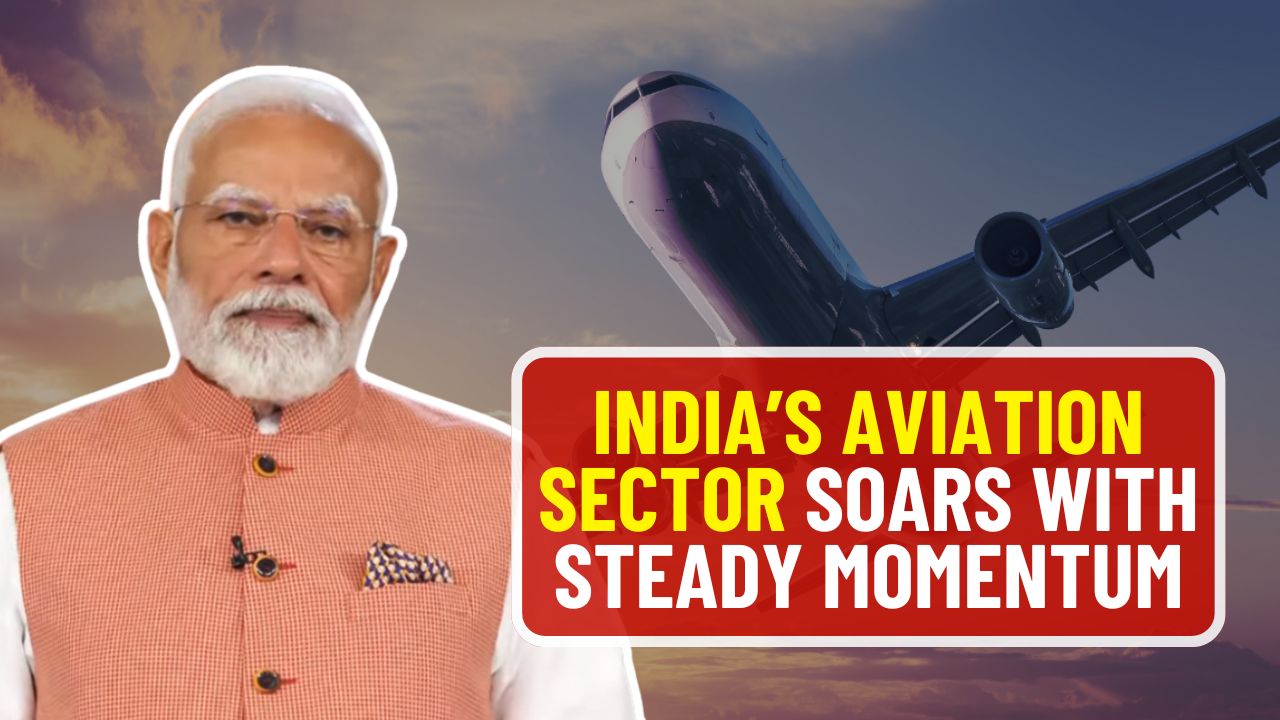India’s aviation industry continues to demonstrate a stable and optimistic outlook, driven by a sustained rise in both domestic and international air travel. Recent official data highlights an 11.04 percent year-on-year increase in domestic passenger traffic for February 2025, reflecting strong demand for air connectivity across the country.
Domestic Travel Surges Beyond Pre-Pandemic Levels
According to a report by ICRA, the total number of domestic flyers during the first 11 months of the current fiscal year reached approximately 1,551 lakh passengers. This marks a 7.7 percent jump from the same timeframe last year and an impressive 12.9 percent growth compared to the pre-Covid figure of 1,338 lakh passengers recorded during the same period in FY20.
International Travel Rebounds Sharply
The international segment of the aviation sector has also witnessed notable progress. Between April 2024 and January 2025, Indian carriers flew around 280.9 lakh international passengers, reflecting a robust 14.8 percent year-on-year increase. This surge puts international travel figures 41.3 percent above pre-pandemic levels, which had stood at around 198.8 lakh passengers.
Future Outlook Remains Stable for Indian Aviation

ICRA’s analysis maintains a stable forecast for the aviation industry through FY25 and FY26, citing expected moderate growth in domestic travel demand and a relatively consistent cost environment. This stability is seen as a key factor in supporting the sector’s overall recovery and expansion.
February Traffic Report Shows Dominance of IndiGo
The latest figures released by the Directorate General of Civil Aviation (DGCA) indicate that Indian domestic airlines transported around 1.40 crore passengers in February 2025, an increase from 1.26 crore in the same month of the previous year. IndiGo maintained its leading position in the domestic market with a dominant 63.7 percent market share, having flown 89.40 lakh passengers during the month.
Air India Group Consolidates Second Position
Following IndiGo, the Tata-owned Air India Group including Air India Express emerged as the second-largest player, carrying 38.30 lakh passengers and commanding a market share of 27.3 percent. Among emerging airlines, Akasa Air transported 6.59 lakh passengers, earning a 4.7 percent share, while SpiceJet reported 4.54 lakh passengers, accounting for 3.2 percent of the market.
Smaller Players Retain Presence in Competitive Skies
Even the smaller carriers continued to contribute to overall traffic. Alliance Air registered 0.86 lakh passengers, achieving a 0.6 percent market share, while Star Air flew 0.60 lakh passengers, representing 0.4 percent. These figures reflect a broad-based recovery across various segments of the Indian aviation industry.
Growth Projections Signal Continued Uptrend
ICRA projects domestic air passenger traffic to grow at a rate of 7 to 10 percent over the next two fiscal years. Meanwhile, international traffic for Indian carriers is expected to expand more aggressively, with growth estimates ranging from 15 to 20 percent. These projections indicate strong underlying demand and an expanding appetite for air travel among Indian consumers.
IndiGo Takes Flight on the Global Stage
Further strengthening its position, IndiGo has been recognized as the second fastest-growing airline globally in terms of seat capacity, which rose by 10.1 percent year-on-year to over 134.9 million seats in 2024. Only Qatar Airways posted a higher seat capacity growth of 10.4 percent. IndiGo also topped the global charts for growth in flight frequency, with a 9.7 percent increase, amounting to 7,49,156 flights in 2024, according to data from the Official Airline Guide (OAG).
Expanding Fleet Amid Operational Challenges
IndiGo currently holds one of the largest aircraft orders globally, with more than 900 planes in its pipeline. In 2024 alone, the airline received 58 Airbus aircraft, making it the top recipient of new aircraft deliveries worldwide. Despite its expansion, the airline faces operational constraints, with about 80 aircraft grounded due to maintenance and supply chain delays in the MRO (Maintenance, Repair, and Overhaul) sector.

